Apartment building in Carabanchel, Madrid
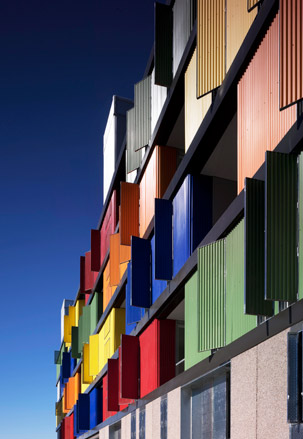
It takes a certain amount of chutzpah to pull off a truly colourful building. One of the sorry legacies of modernism's largely sterile palette was the post-modernists' sudden lurch into jarring colour, splashed superficially over façades with little sense of creative composition. Colour application is also the foremost strategy of regeneration - witness HawkinsBrown's scheme for the rebirth of Sheffield's Park Hill flats.
Actually integrating colour into form is another matter entirely and still very much a minority pursuit. To date, it's only firms like Sauerbruch Hutton and Mansilla Tunon who have made a motif out of colour-as-form. Firmly located in this contemporary movement is this new apartment building in the Madrid suburb of Carabanchel by Amann_Canovas_Maruri Architects. With a façade that explodes in a riot of primaries, the new apartments, are an unabashed celebration of colour, made possible by a deceptively simple structure.
The new five-storey building fuses fizzing façades with a generous dose of public space, thanks to the architects' innovative approach to the slab construction. Rather than express the vertical structural supports, the apartments are read as a series of colour-coded horizontal elements, with the thin floor slabs forming a grey dividing line, like musical staves. Views through the structure create a mix of public and private external space, while the central courtyard has been landscaped as a communal garden.
The architects refer to the configuration of each unit as a 'house with a yard'. The various units, including two, three and four-bed flats, are simply planned, with a galley kitchen, sitting/dining area and narrow, bunk-like bedrooms. The coloured façade includes folding shutters to keep out the heat and prying eyes. From the street, however, the passer-by gets a polychromatic feast, while the residents have the added bonus of a private interior landscape to enjoy.
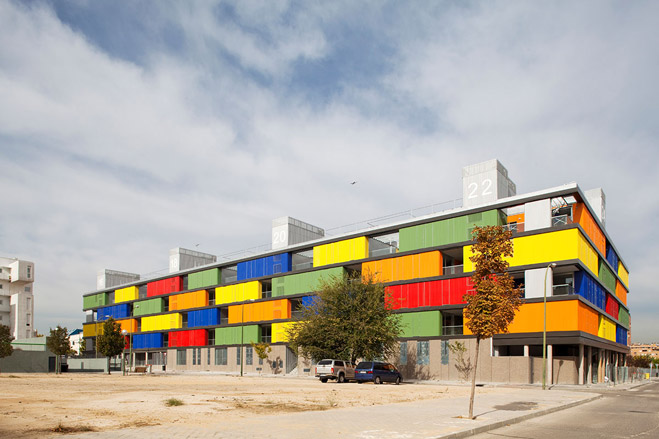
The new explosively colourful apartments have been made possible by a deceptively simple structure
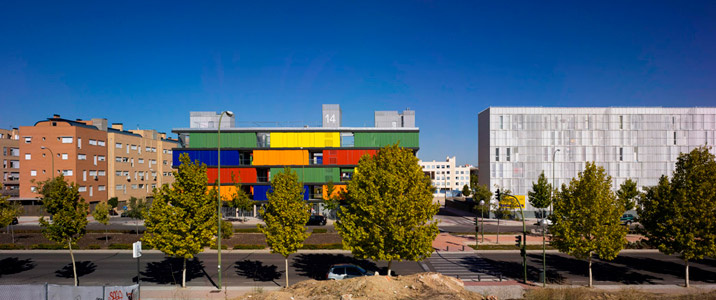
Rather than express the vertical structural supports, the apartments are read as a series of colour-coded horizontal volumes, with the thin floor slabs between forming a dividing line
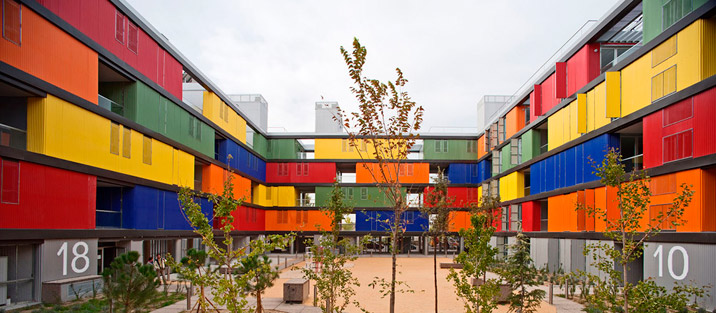
The central courtyard has been landscaped as a communal garden
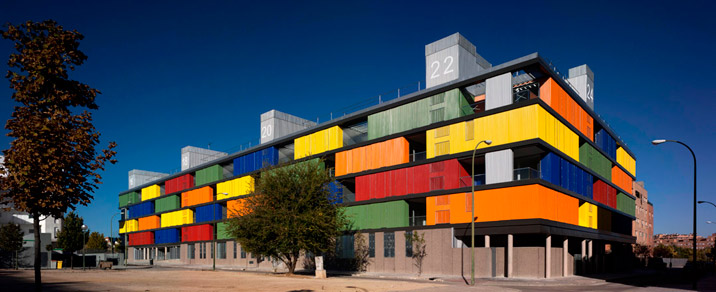
The various units, including two, three and four bed flats, are simply planned, with a galley kitchen, sitting/dining area and narrow, bunk-like bedrooms
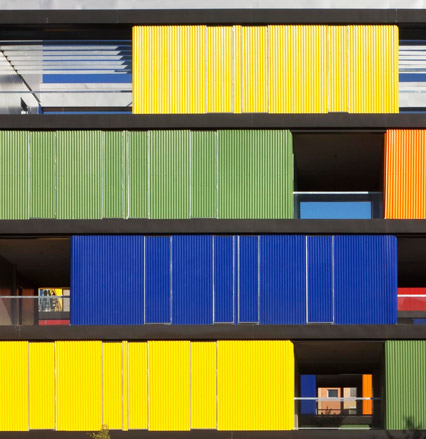
The coloured façade includes folding shutters to keep out the heat and prying eyes
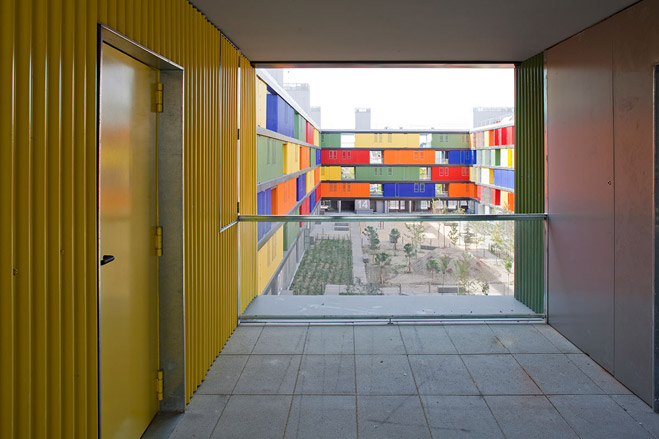
Views through the structure create a mix of public and private external space
Receive our daily digest of inspiration, escapism and design stories from around the world direct to your inbox.
Ellie Stathaki is the Architecture & Environment Director at Wallpaper*. She trained as an architect at the Aristotle University of Thessaloniki in Greece and studied architectural history at the Bartlett in London. Now an established journalist, she has been a member of the Wallpaper* team since 2006, visiting buildings across the globe and interviewing leading architects such as Tadao Ando and Rem Koolhaas. Ellie has also taken part in judging panels, moderated events, curated shows and contributed in books, such as The Contemporary House (Thames & Hudson, 2018), Glenn Sestig Architecture Diary (2020) and House London (2022).
-
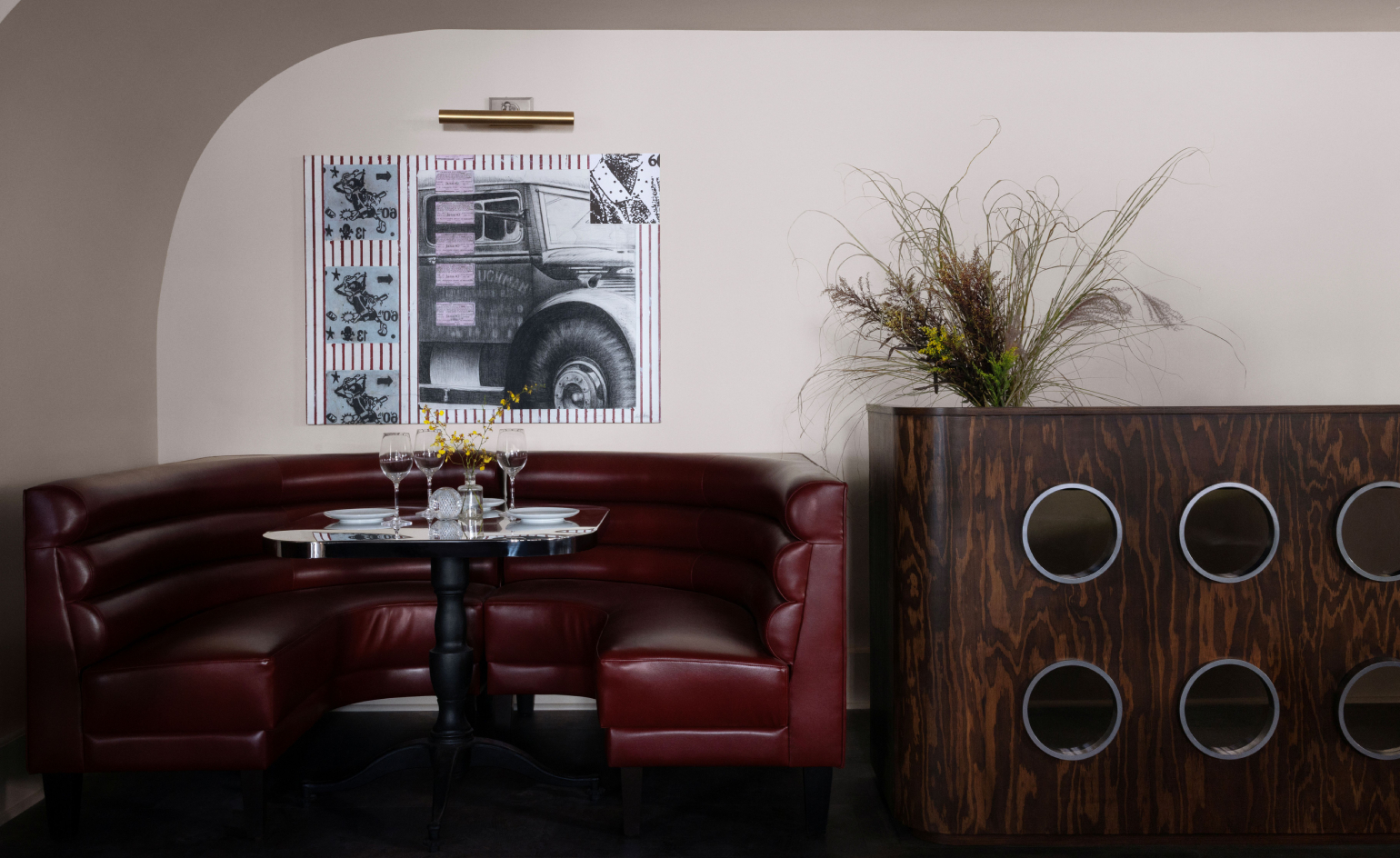 This late-night hangout brings back 1970s glam to LA’s Sunset Boulevard
This late-night hangout brings back 1970s glam to LA’s Sunset BoulevardGalerie On Sunset is primed for strong drinks, shared plates, live music, and long nights
-
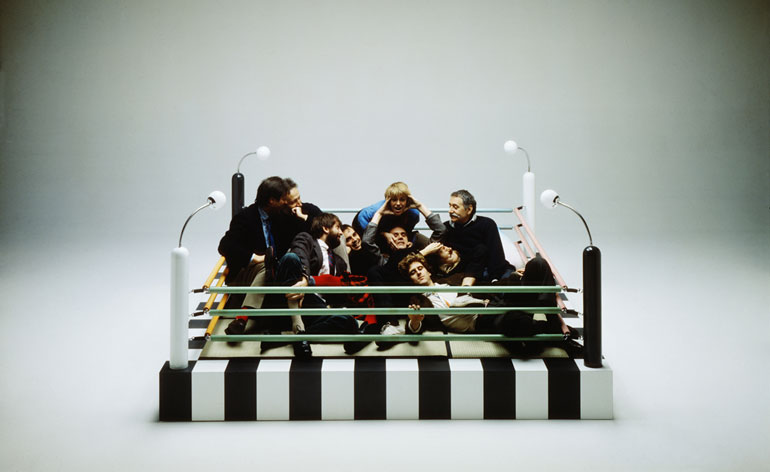 How Memphis developed from an informal gathering of restless creatives into one of design's most influential movements
How Memphis developed from an informal gathering of restless creatives into one of design's most influential movementsEverything you want to know about Memphis Design, from its history to its leading figures to the pieces to know (and buy)
-
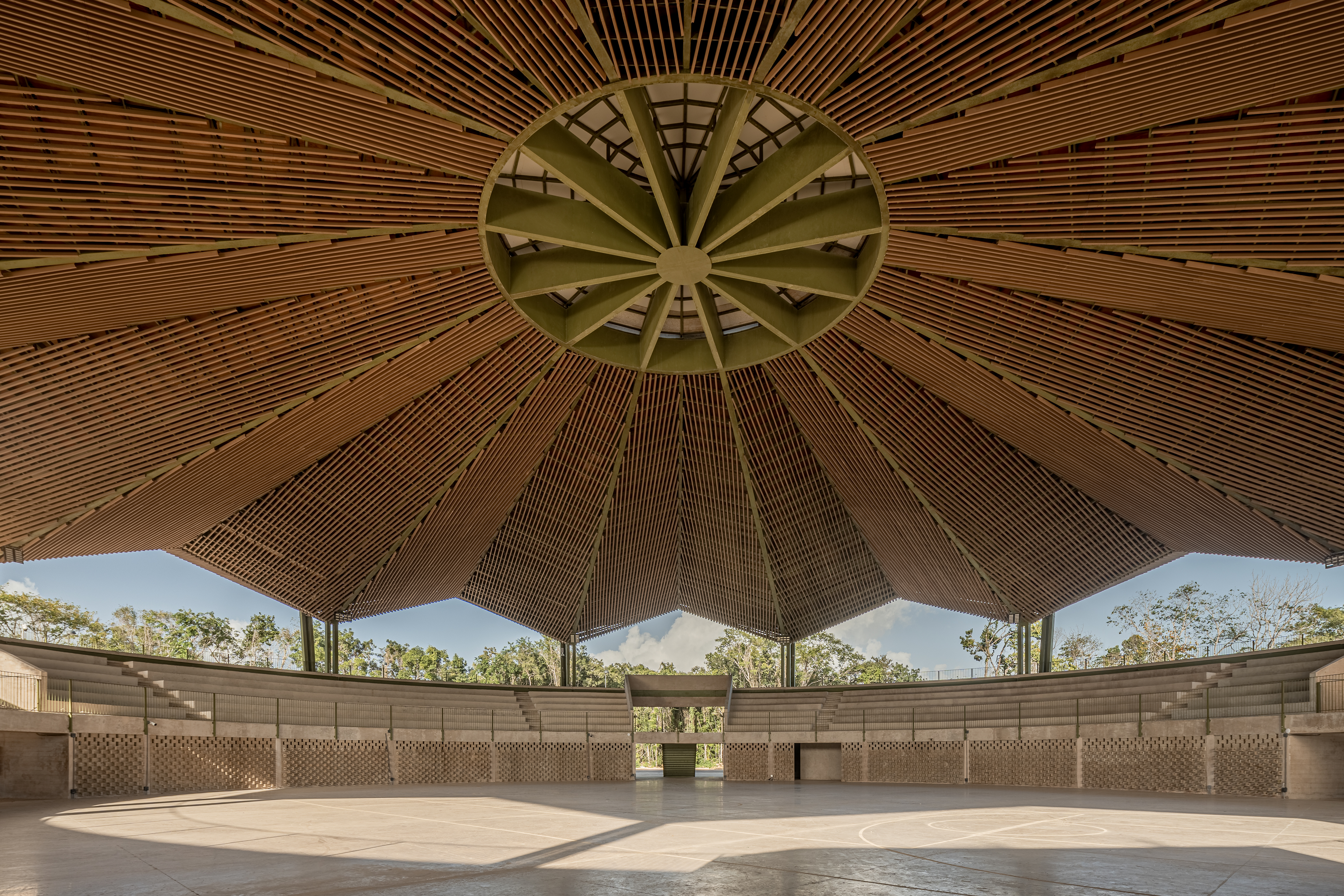 Aidia Studio's mesmerising forms blend biophilia and local craft
Aidia Studio's mesmerising forms blend biophilia and local craftMexican architecture practice Aidia Studio's co-founders, Rolando Rodríguez-Leal and Natalia Wrzask, bring together imaginative ways of building and biophilic references
-
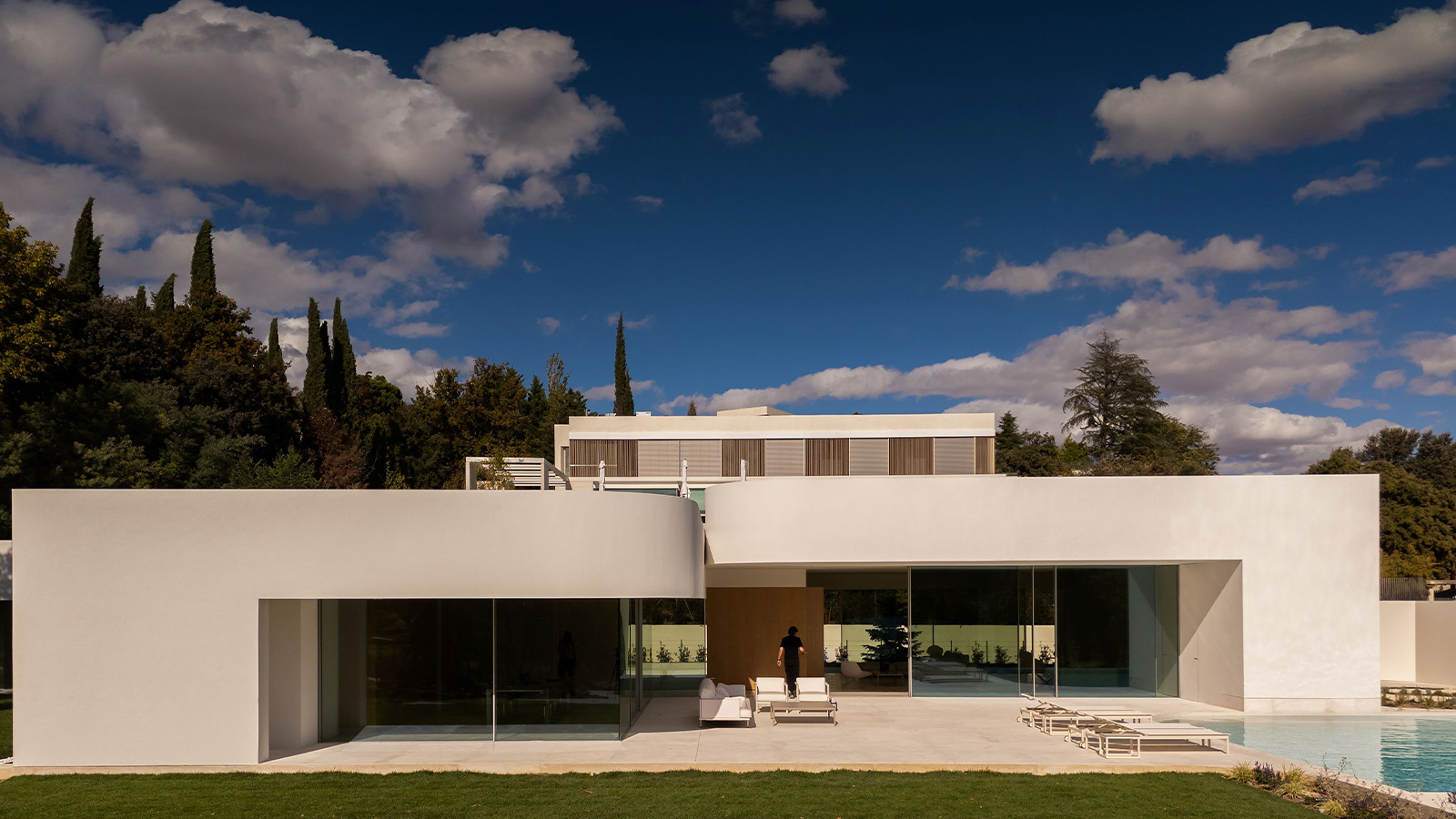 This Madrid villa’s sculptural details add to its serene appeal
This Madrid villa’s sculptural details add to its serene appealVilla 18 by Fran Silvestre Architects, one of a trilogy of new homes in La Moraleja, plays with geometry and curves – take a tour
-
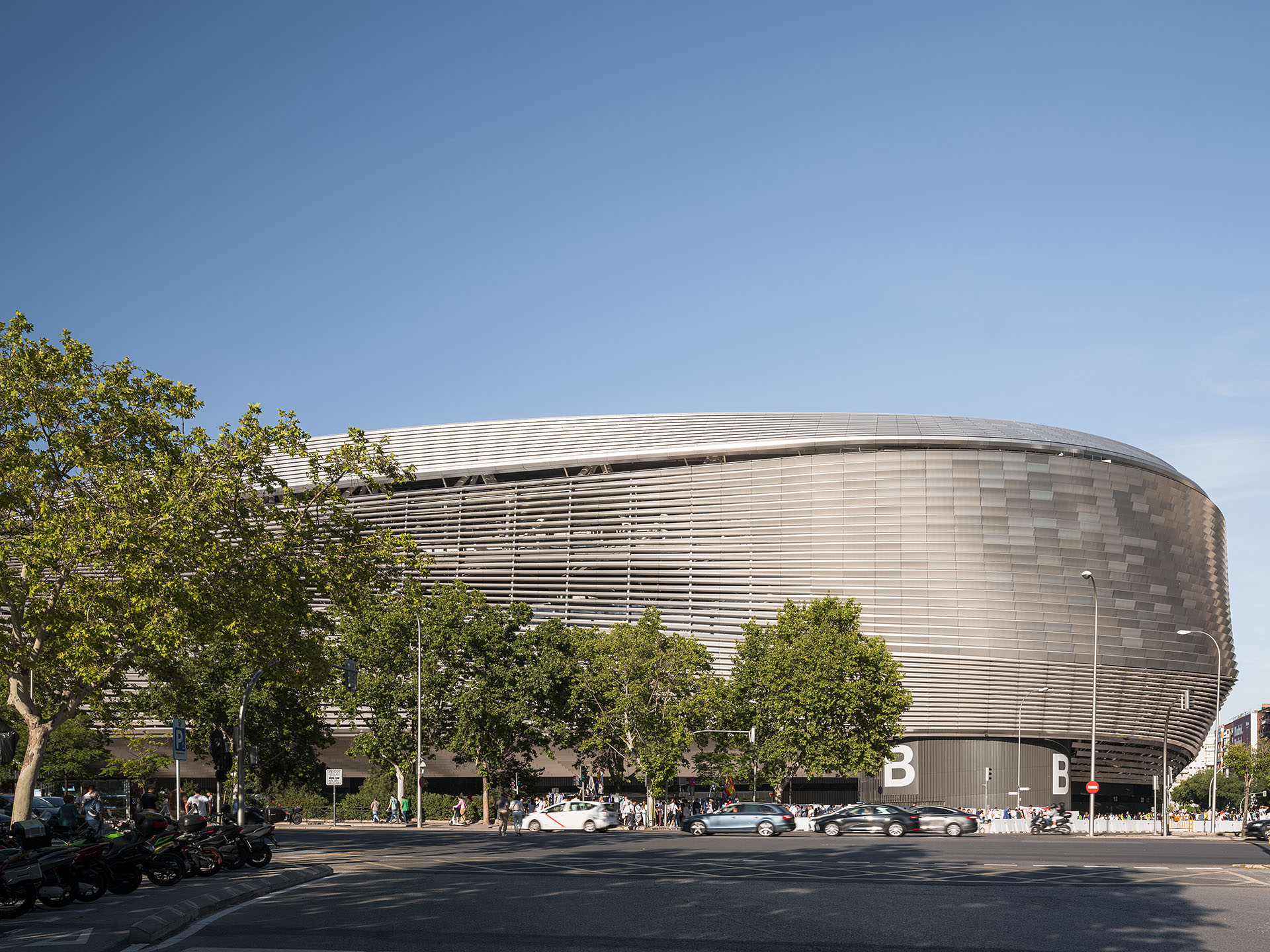 Santiago Bernabéu stadium redesign: a sneak peek into the works
Santiago Bernabéu stadium redesign: a sneak peek into the worksWe take a tour of the Santiago Bernabéu stadium in Madrid, as the beloved sports facility is being given a refresh
-
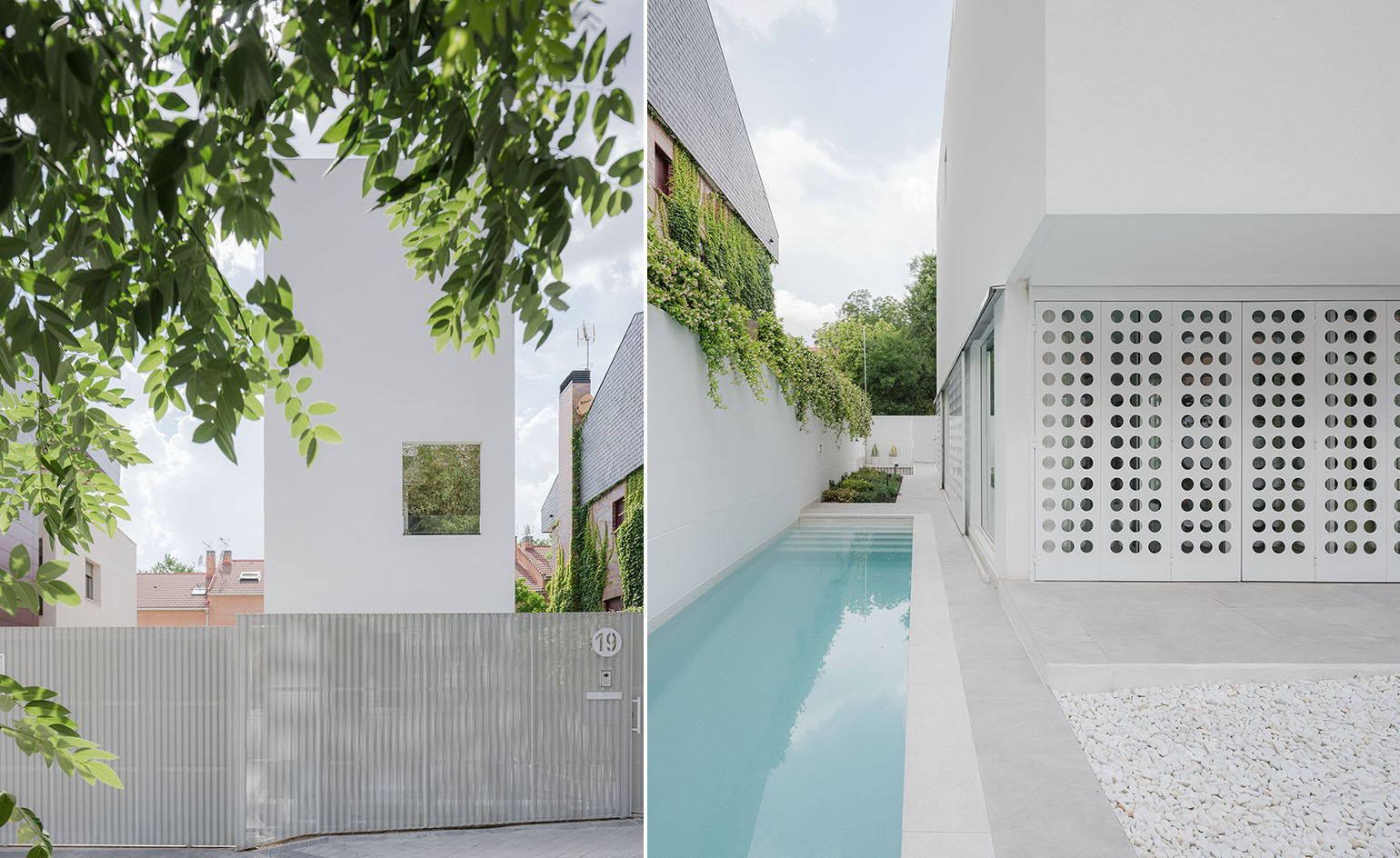 This narrow house in Madrid is an ode to minimalism
This narrow house in Madrid is an ode to minimalismCasa Galgo by Murado & Elvira Arquitectos is a minimalist, narrow house in a quiet, residential Madrid street
-
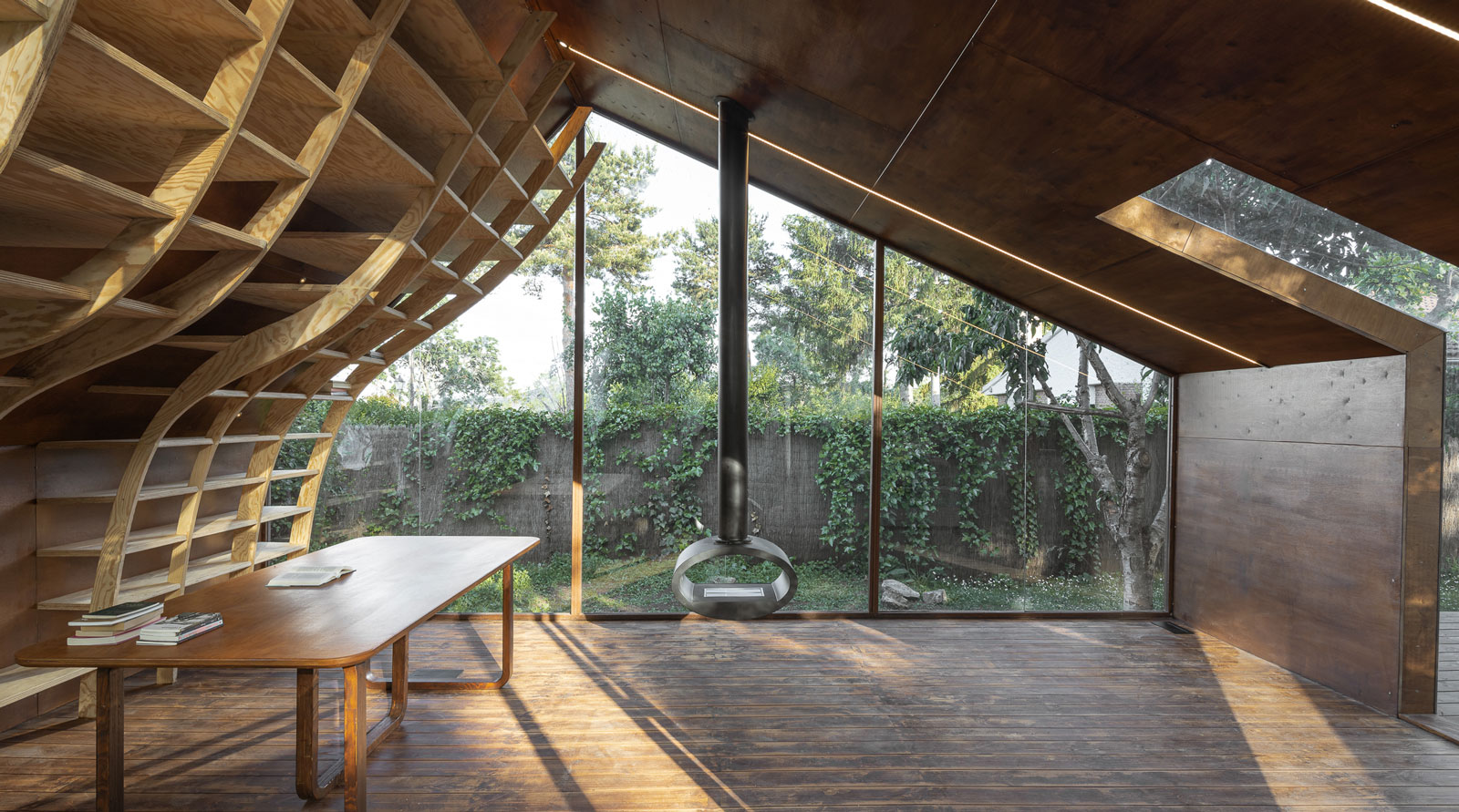 Writer’s cabin in Madrid offers room of one’s own
Writer’s cabin in Madrid offers room of one’s ownThe Writer’s Cabin in north Madrid juxtaposes curving wooden bookshelves against the simple lines of the frame
-
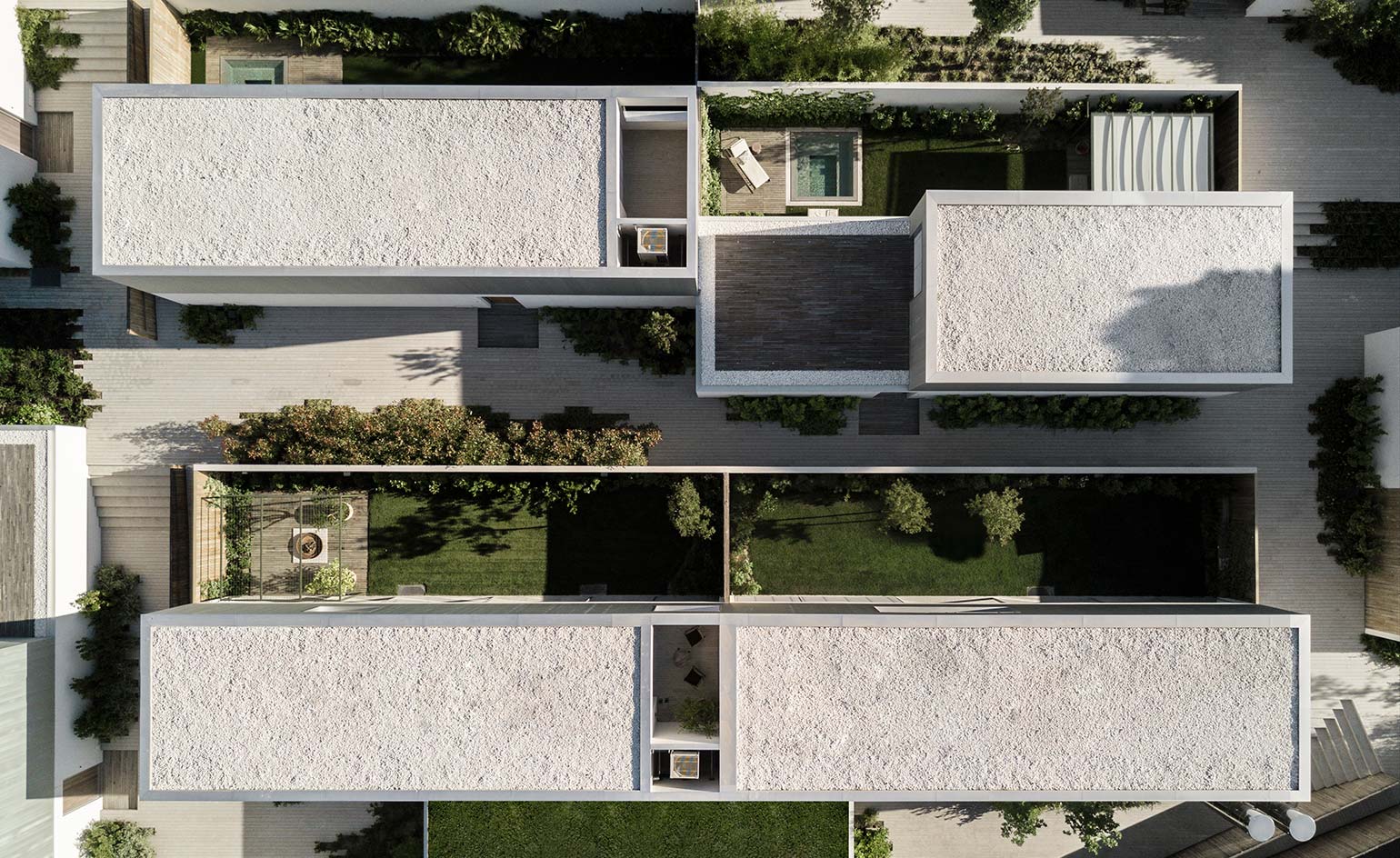 Model village: a micro-town in Madrid masterplanned by Marcio Kogan’s studio
Model village: a micro-town in Madrid masterplanned by Marcio Kogan’s studio -
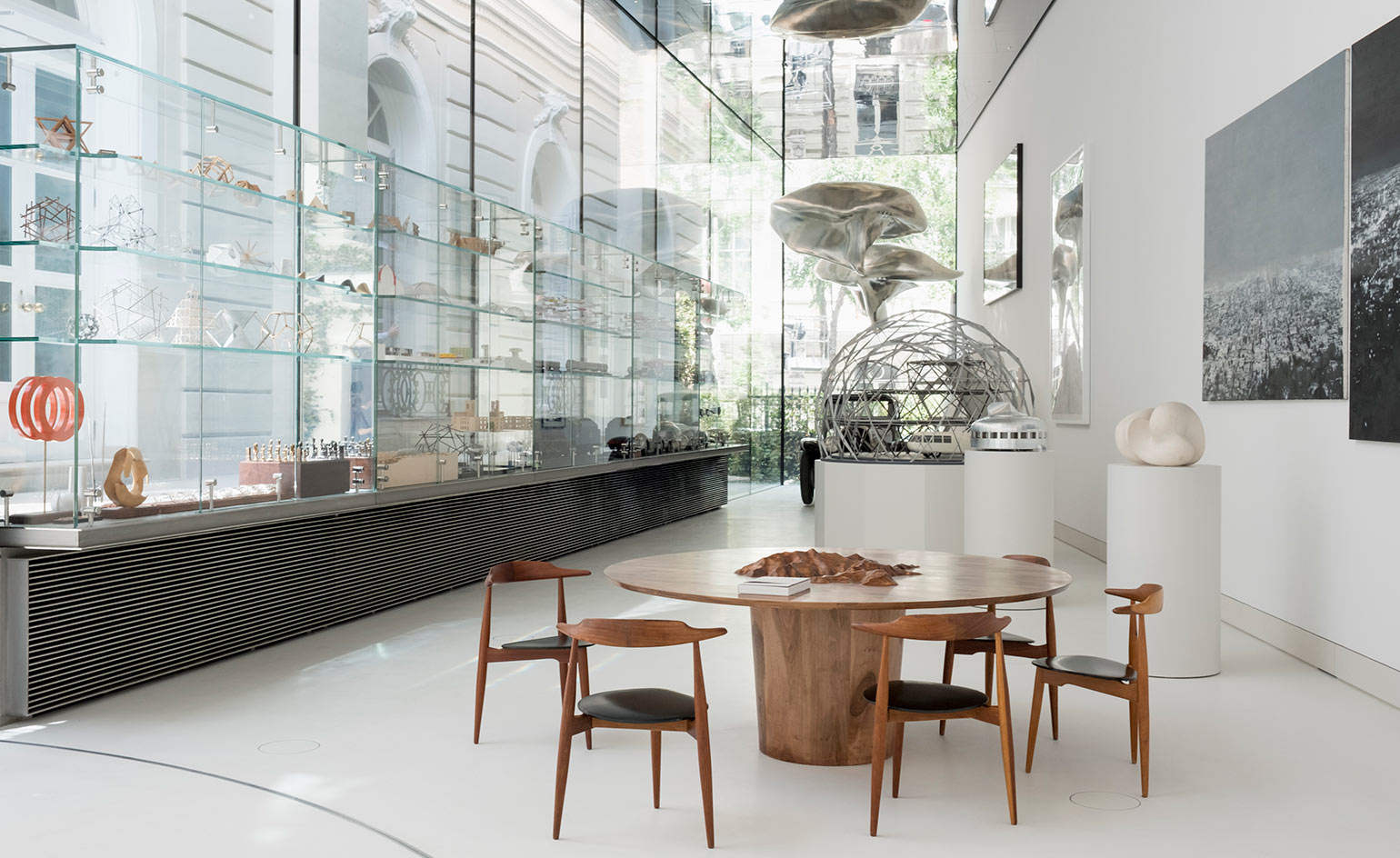 School of life: the Norman Foster Foundation HQ opens in Madrid
School of life: the Norman Foster Foundation HQ opens in Madrid -
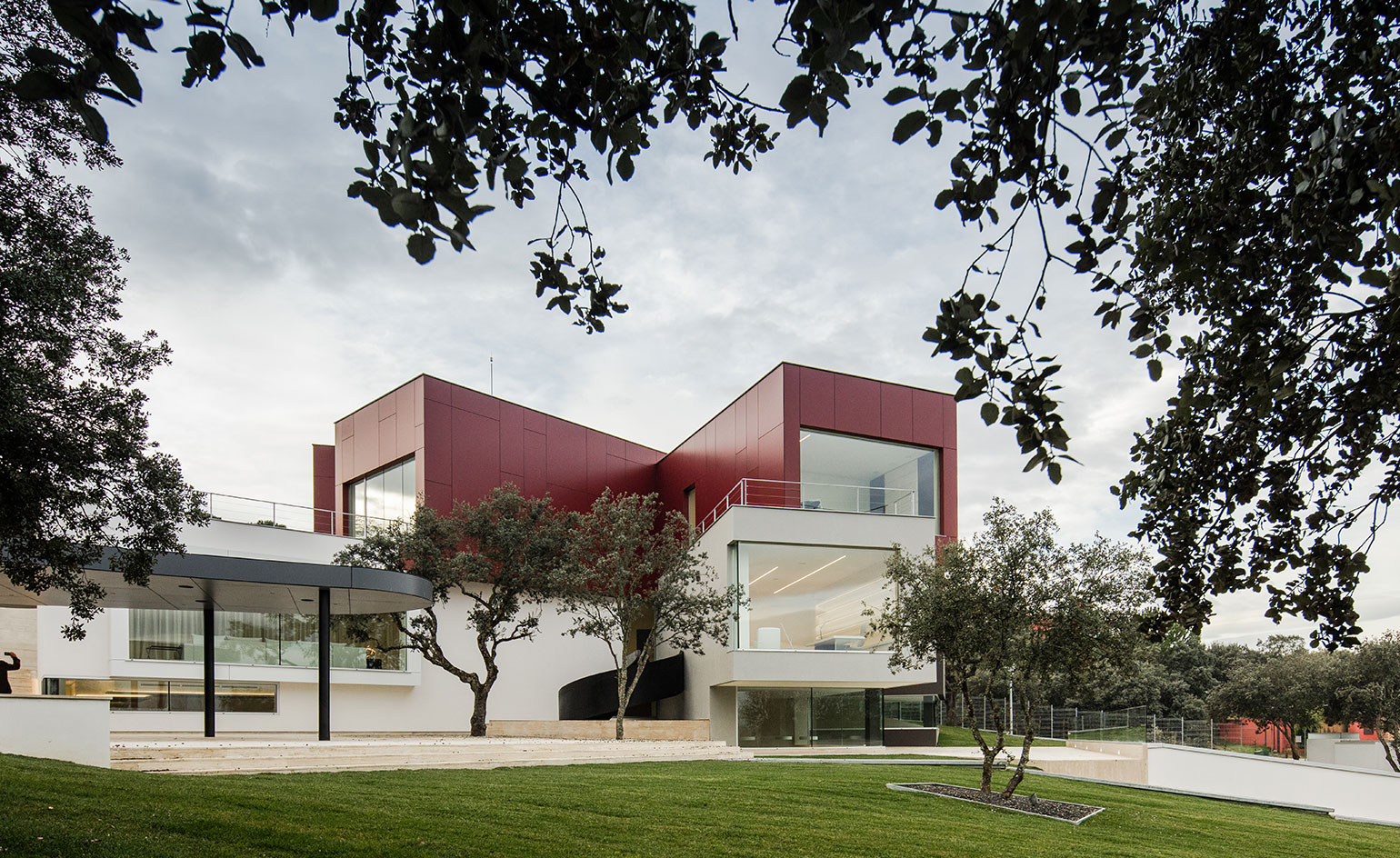 Radical planning: Abiboo shakes up a traditional family house in Madrid
Radical planning: Abiboo shakes up a traditional family house in Madrid -
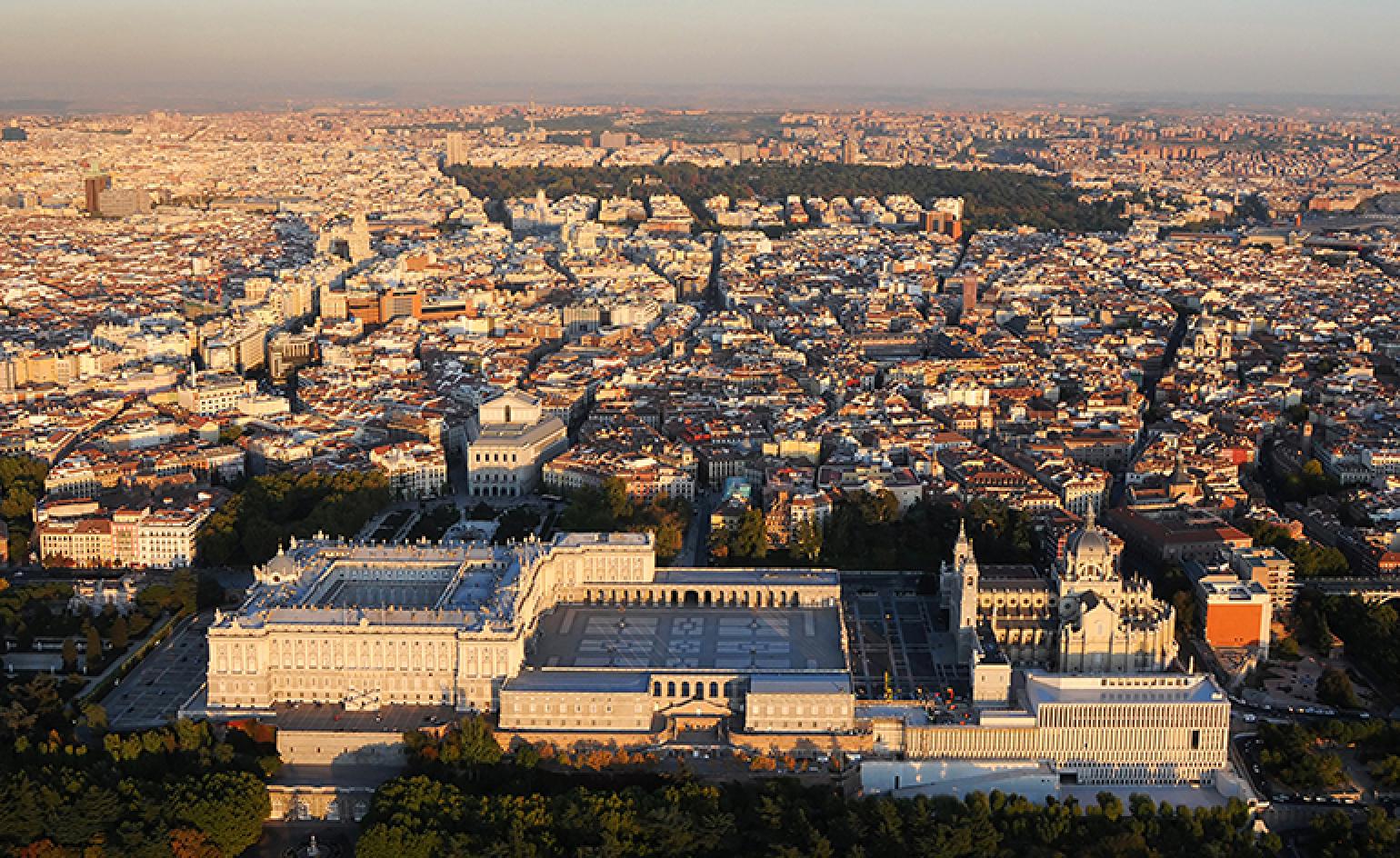 Mansilla+Tuñón’s Museum of Royal Collections gears up for completion
Mansilla+Tuñón’s Museum of Royal Collections gears up for completion